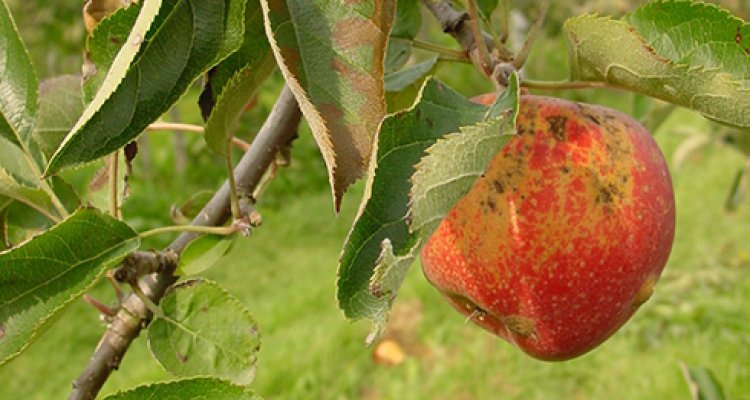
Biological control
Biological control of pathogens and insect pests in agriculture and horticulture is based on the use of natural enemies of the agents that cause disease and infestations.
Plants are constantly under attack from all kinds of pathogens such as bacteria, fungi and insect pests which damage crops. However, the agents that cause disease and infestations have natural enemies which exist naturally in any agricultural system. Yet, these populations are often too small or they develop too late.
There are different types of natural enemies: macro-organisms such as insects (predators and parasites) and nematodes and micro-organisms such as bacteria, fungi and viruses. These natural enemies form the basis of biological control: control by living organisms.
Crop protection solutions for growers
The use of biological controls is playing an ever greater role in the sustainable control of diseases and pests. Unfortunately there have not been enough biological control agents available up to now for a large number of diseases and pests in agriculture, horticulture and forestry. Our research has therefore focused on the selection of new biological control agents from which growers can develop biological control products for commercial use.
Successful development of biological control agents
There are a large number of criteria that biological control products have to meet before they can be put on the market as registered plant protection products. This is a labour-intensive and therefore expensive process. In the selection process we naturally look at whether an organism really does control the pest. We also study the ecology of the organism, for example whether it will grow under a range of conditions and whether it can withstand drought. If a suitable organism is found, it still has to be able to be produced on a commercial scale and registered as a control agent. We use the ‘Select Biocontrol approach’ for this. This approach allows us to work with the industry on the successful development of new biological control agents.
This way of working has already produced biological controls that are currently undergoing further testing by the industry.
Contact our experts:
Example publications:
- Twenty-four years of Dutch Trig® application to control Dutch elm disease - jun 2016
- Efficacy of four phosphate-mobilizing bacteria applied with an animal bone charcoal formulation in controlling Pythium aphanidermatum and Fusarium oxysporum f.sp. radicis lycopersici in tomato - nov 2013
- Have biopesticides come of age? - mei 2012
- Stepwise screening of microorganisms for commercial use in biological control of plant-pathogenic fungi and bacteria - apr 2011
- Biological control of Pythium aphanidermatum in cucumber with a combined application of Lysobacter enzymogenes strain 3.1T8 and chitosan - mrt 2009
- Deciphering the modes of action of Golubevia sp., an antagonist against the causal agent of powdery mildew in wheat, using an mRNA-based systems approach; January 2021
- Stepwise screening of candidate antagonists for biological control of Blumeria graminis f. sp. tritici; September 2019
- Efficacies of bacterial and fungal isolates in biocontrol of Botrytis cinerea and Pseudomonas syringae pv. tomato and growth promotion in tomato do not correlate; November 2020
- Verticillium Wilt in Oilseed Rape—the Microbiome is Crucial for Disease Outbreaks as Well as for Efficient Suppression; July 2020

